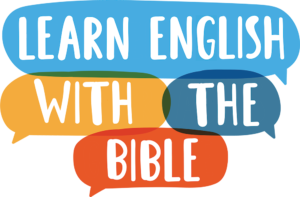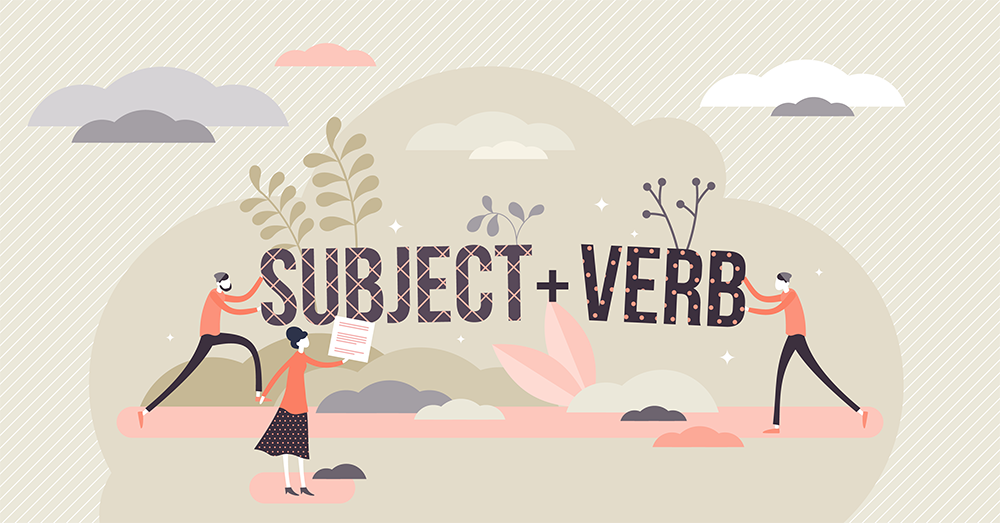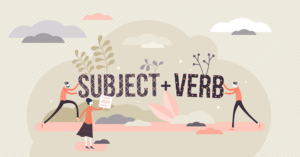Writing Great Sentences in English
In this series of posts, we’ll talk about basic English sentence structure, and how you can write great sentences in English – with lots of examples!
If you are like a lot of English learners, writing in English is your least favorite task. Unless you are sending a quick text message to a friend or family member, writing is often used in more formal situations, like a business email. Maybe writing is difficult because your native language doesn’t use the Roman alphabet. If there are mistakes in your writing, it can be difficult because you are not there in person to help your reader understand what you wanted to say.
Start With the Basic Formula
You can write a great business email, or write great sentences for your English class with basic sentence structure. Normal English sentence structure is rather rigid and doesn’t change from this basic formula, with very few exceptions:
Subject + Verb + Object (SVO)
Step 1. The Subject Comes First
Start your basic English sentence with the subject – who or what the sentence is about. We’ll use Philippians 1:7 for our examples, from the CEV Bible. First, the subjects. Paul is writing a letter to the Christians in the church at Philippi:
- You (the believers at Philippi)
- It (the way I feel)
- All (the believers at Philippi)
The subject needs to be at the beginning of the sentence. This is because most of the time, English verbs do not change according to the subject. English speakers will be confused if you leave out the subject! We won’t know who is doing the action of the sentence.
Second, there may be extra words around the subject, to help describe it. Sentence 3 has a phrase beginning with a preposition to help describe the subject:
- All of you (the believers at Philippi)
Step 2. The Verb Comes After the Subject
After you have told your reader who or what is doing the action, you will tell them what that action is by adding a verb.
Let’s look at our sentences with their verbs:
- You have
- It is
- All of you have helped
You will need to change the verb into the tense you need. Sometimes your verb will show action (have, have helped). Some verbs are state of being verbs (is), and do not show any action at all.
More About Verbs
Verbs that show action can be divided into two categories. Some action verbs need to include more information so the reader is clear about what is happening.
1. You have – what do you have?
Other action verbs are clear by themselves, and the reader can understand the sentence without any more information.
2. All of you have helped. (It’s possible to end the sentence here and it could be a complete thought.)
Stative verbs are verbs that describe something. There is no action involved. The verb “be” is a great example of a stative verb. These verbs usually need an object for the sentence to be complete.
3. It is – it is what? Big, green, old? We need more information.
3. The Object - More Information Please!
The object of the sentence comes after the verb. It tells us more about the subject, or tells us who received the action of the verb. Here are our three sentences again with their objects:
- You have a place.
- It is natural.
- All of you have helped in the work.
The information in the object of the sentence will usually be necessary to complete your thought. Some action verbs might not need an object. But an object always adds more information and makes your sentences more interesting! Now all of our sentences are complete thoughts, even though they are very simple.
Subject + Verb + Object
All English sentences, with few exceptions, are made with this structure – subject + verb + object (SVO). Perhaps in your language sentence structure is more flexible. You could say the verb first, and it would be totally acceptable. But if you do that in English, your listener or reader may not understand, because they expect to hear the subject first.
Let's Review
If you have a subject and an action verb, you could have a complete sentence. Remember that the subject comes first:
Everyone cried.
Mary listened.
Martha worried.
If your sentence has a stative verb or an action verb that needs an object, it comes after the verb:
Everyone cried and hugged and kissed him. (Acts 20:37)
Mary listened to Jesus. (Luke 10:38-42)
Martha worried about so many things. (Luke 10:38-42)
Now you know more about how English sentences are made! In next week’s post, we’ll talk more about adding extra information to your basic sentences.
Here are the complete verses from Philippians 1:7 (CEV):
- You have a special place in my heart.
- So it is only natural for me to feel the way I do.
- All of you have helped in the work God has given me…
Exercise
Here’s a little exercise you can do. I’ve taken some very short verses and mixed the words around. (All the verses come from the CEV Bible). Can you put the words and phrases in the right order?
Remember:
- The subject comes first, then the verb, then the object (SVO).
- The first word of a sentence starts with a capital letter.
- A sentence ends with a period.
Give it a try! Scroll down to see the answers.
- doesn’t matter. But that
- what to choose. I don’t know
- is It a hard choice to make.
- humble. was Christ
- my pride and joy. are You
Answers
- But that doesn’t matter. (Philippians 1:18a)
- I don’t know what to choose. (Philippians 1:22a)
- It is a hard choice to make. (Philippians 1:23a)
- Christ was humble. (Philippians 2:8a)
- You are my pride and joy. (Philippians 4:1b)
How did you do? Let me know in the comments below! I hope this article and exercise helps you understand a little more about basic English sentence structure. In Part 2 of this series, we’ll look more at the subject of the sentence, and talk about three different kinds of subjects. See you in the next post!



Thank you, Nevardo! I’m glad you found this helpful to you. Take care.
Hello Family, excellent topic, simple but it is very useful.
Thanks mrs sharon, God bless you¡
Pingback: Basic English Sentence Structure Part 2 - Learn English With the Bible
Thanks, Darlan, I’m glad it was helpful!
Hi Sharon.
Very interesting post! Thanks for sharing.
God bless you.